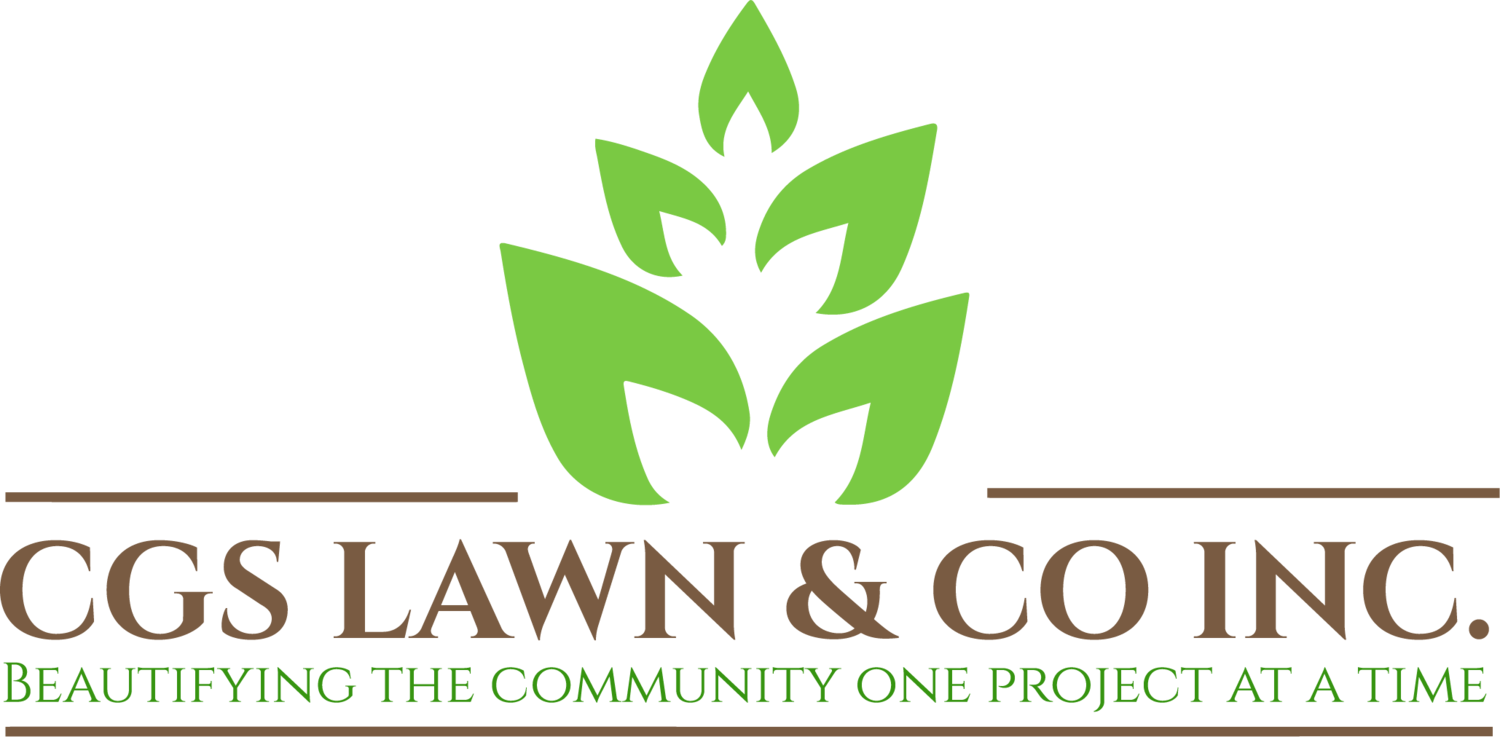As the pandemic set in last year and many people found themselves at home with more free time, a lot of people decided to jump into the world of animal ownership. While furry friends are great to have around, they can sometimes cause some garden and yard destruction ranging from pulling up plants and digging up soil, to making turf turn yellow and destroying fences. While these acts of garden destruction aren’t done out of any sort of spite, their effects can have some pretty terrible consequences for your pets!
Some plants that are perfectly harmless to people can be dangerous or even deadly to your pets. If you’re new to the world of pet ownership and you are also fond of having lots of plants around, it’s important to make sure your garden is pet-safe! Here are four very common indoor and outdoor plants that you should steer clear of if your pet can get into them.
Aloe Vera
While aloe is great for human skin and is a staple around many homes during the summertime for treating sunburns, it can have negative effects for pets if it’s ingested.
While the toxicity level of this plant is mild to moderate. If your cat or dog shows any of the following signs, it’s probably because of aloe vera ingestion.
Vomiting
Diarrhea
Depression
Anorexia
Changes in urine colour
Tremors (rare)
Daffodils
While daffodils are great to look at, pretty much the entire plant can be toxic to animals, but their bulbs are incredibly dangerous!
Daffodil bulbs contain lycorine, which has strong emetic properties that can trigger vomiting. Ingestion of the bulb, plant, or flower may cause severe vomiting, diarrhea, abdominal pain, and even possible cardiac arrhythmias or respiratory depression. Other plants that contain lycorine include amaryllis and narcissus, so those are good to avoid too.
Signs to look for:
Drooling
Nausea
Vomiting
Diarrhea
Increased heart rate
Abdominal pain
Abnormal breathing
Cardiac arrhythmias
Ivy
Ivy foliage is more dangerous than its berries to dogs and cats, and can cause a host of different symptoms. In fact, there are multiple varieties of climbing ivy that have irritating triterpenoid saponins.
These saponins probably won’t kill your pets, but they’re going to make them wish for relief almost immediately. Keep ivy out of your yard for pet’s sake
Signs to look for:
Excessive salivation
Abdominal pain
Diarrhea
Vomiting
Rashes or other skin irritation
Oral pain
Drooling/foaming
Swollen mouth/tongue/upper airway
Possible breathing issues caused by swelling
Grapes/Raisins
Both fresh grapes and dried raisins can be major problems for pets. While dogs are especially at risk, cats and ferrets can suffer from ill effects, too.
It’s unknown what the toxic agent in grapes and raisins is to animals, but it can cause sudden kidney failure in pets. These may be delicious and healthy snacks for people, but definitely not for our pets!
Signs to look for:
Diarrhea
Lethargy
Decreased urination
Lack of appetite
Abdominal pain
Weakness
Renal failure
Death
While this is just a small sample of plants that can be dangerous to your pets there are many more. It’s important to do your research before mixing house plants and pets for everyone’s sake.
If you have questions about re-arranging your outdoor space to be make it more pet friendly, contact us today and schedule a consultation!

